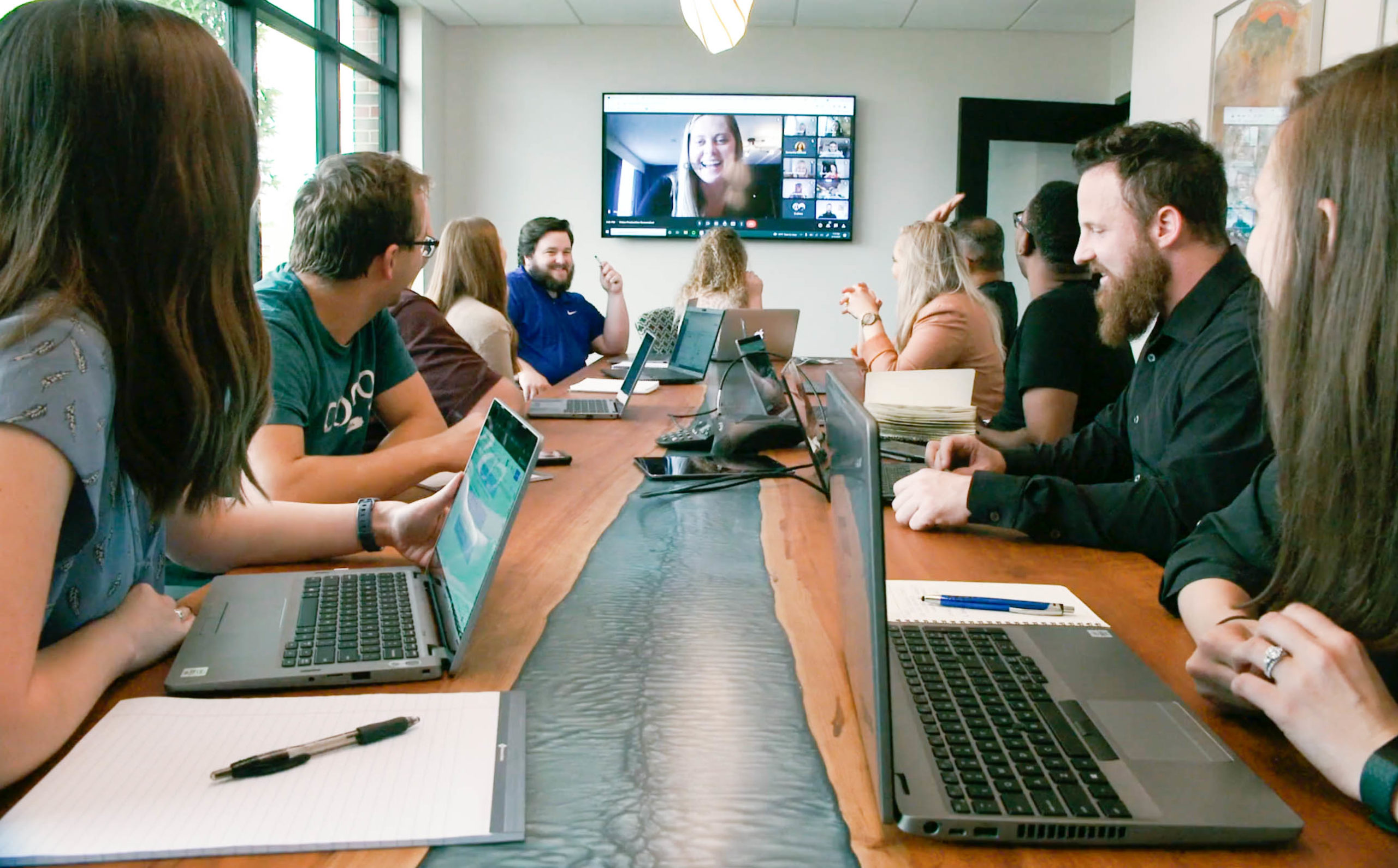Brands, especially those in the ecommerce space, often feel tempted to skip over building awareness and consideration with their marketing efforts and jump straight to conversion-based advertising campaigns. However, brand awareness is a key marketing component to fill the sales funnel that should not be ignored. Keep reading to learn how to optimize awareness campaigns to establish customer lifetime value.
Start At The Beginning
If your core business goal is to drive sales, you still have to do the work to introduce your brand to new customers and convince them why your offering is worth their money.
Even on commerce channels like Amazon, Instacart or Shopify storefronts, you must establish baseline awareness before a consumer will be receptive to your product.
Forrester’s 2021 CPG Digital Go-To Market Review found, “35% of surveyed global CPG marketing decision-makers cite brand awareness as an important metric…brand metrics rank high because CPG/FMCG products are typically low consideration, making it critical for the brand to be top of mind in a category.” So before you begin investing all of your marketing dollars into ROAS focused tactics, put yourself in the consumers’ shoes and consider the information you would want from a brand to take the next steps.
Understand The Customer Journey
To understand how much of your efforts should be allocated across awareness vs consideration vs conversion tactics, look to the purchase journey for guidance.
- What is the average timespan from initial awareness to purchase?
- How many touchpoints are needed to reach the point of consideration?
- How much time does the average consumer spend in the consideration phase?
If your consumers move from consideration to conversion very quickly while in store or on digital retail platforms, the greatest chance to reach them is within the awareness phase. The media objective in this case is to ensure a consumer recognizes your brand when searching for products in your category.
If they spend longer in the consideration phase, you can nurture leads longer with educational content and community building. But it all comes down to understanding how your product or service fits in with their behaviors and routines.
Establish Awareness With An Omni-Channel Media Strategy
Ensure your awareness campaign has broad reach by strategically combining various digital and physical channels. If done right, this will also create a seamless user experience across channels, even with the fragmented media landscape.
How do you know which channel mix will reach your ideal audience?
- Leverage syndicated research to understand their media consumption habits
- Use channels whose userbases broadly match your target demographic
- Select channels where the typical user behavior aligns with the desired action
Use Branding Campaigns To Create Lifetime Value
Once you’ve established awareness, the value of brand campaigns does not end. Awareness marketing aids in fostering an ongoing relationship that we fondly refer to as the loyalty loop. It initially introduces your product to new users, but then continues to establish lifetime customer value after a purchase is made.
To establish this loyalty loop, develop a clear path for your customer. Put yourself in their shoes and understand the timing they need before making a repeat or complementary purchase.
- Is your product a one-time purchase that typically lasts a lifetime?
- Is your product a weekly or monthly staple that is consumed and repurchased?
- What products make sense to recommend based on previous purchases?
Don’t waste money promoting the same product a user has already purchased and is unlikely to purchase again for several years. Instead, remarket them with ads and experiences that reinforce their positive experience with the brand and keep them interested in future purchases. For example:
- Personalized ads and email marketing with recommended products
- Branding campaigns to reinforce brand loyalty and affinity
- Special discount codes and alerts about new product drops or sales
Set Clear Expectations With Measurement
We know advertising works, but success doesn’t typically happen over night. Instead, there is a gradual impact on business results that can be tied to marketing initiatives.. It can be especially difficult to see clear and instantaneous results from awareness campaigns. However, there are strategic ways to understand your progress and ensure you’re moving the needle.
Tracking Short Term Brand Awareness
The primary goal for short-term awareness campaigns is to reach the highest volume of unique users at an effective frequency. Our general understanding is that 2-12 exposures are needed to drive action, which varies depending on effectiveness of creative and the relevancy of the brand. Balance this exposure while being mindful of over saturation.
Metrics to track that indicate brand awareness results:
- Reach: The number of unique users reached, reported by channel and by campaign.
- Frequency: The amount of times a user is exposed to an ad, commonly reported as impressions/reach.
- CPM: The cost of serving ads.
Measuring Long Term Brand Awareness
When media metrics do not answer your business questions, the next step is to incorporate third party studies that show media impact on business results and consumers’ perceptions. These studies show the true incremental impact of awareness campaigns on business goals – whether in driving brand affinity, site traffic or sales.
These are not attribution tools, but rather studies that show correlation. The two most impactful studies for e-commerce based brands are:
- Brand Lift: Difference between control vs exposed survey responses
- Sales Lift: Post campaign analysis comparing media activity to sales data sets
Use both short and long term measurement tactics to craft a story using a mix of KPIs that show media efficiency and channel effectiveness in combination with monitoring sales overtime.
Key Takeaways
- Awareness must come first
- Let the consumer inform your strategy
- Build your brand to increase customer loyalty
- Establish a clear measurement plan to create accountability with branding campaigns






